World Fine Art Professionals and their Key-Pieces, 470 - Patricia de Ruijter
World Fine Art Professionals and their Key-Pieces, 470 – Patricia de Ruijter
At Rotterdam PhotoArt ’24, photographs from many photographers were displayed in containers,
Including the work of Patricia de Ruijter. I saw photos with bright color blocks and different perspectives. It belonged to her new series ‘Building bridges between perspectives Embracing wonder in
The Gap’ (2023-present), she tells me when I speak with her a few weeks later at EYE Amsterdam.
How the work originated
Patricia: “During my project ‘Beings, the Wild Phenomena of Now’ (2009-present), I changed perspective, literally. That’s how The Gap began. I got down on my knees to see the world from the perspective of wild plants and trees. I wanted to get as close to them as possible and experience their environment together. I wanted it to feel like I was seeing the environment for the first time, with fresh eyes, not as a human, so without judgment or distinction between culture and nature.”
“The field of vision of a wild duck is entirely panoramic, without blind spots, neither above nor behind itself. We use the term ‘bird’s eye view’ for any view from above. But a bird’s eye view is so much more than a kind of human view from a height.
For humans, the world lies before them and they usually move in the direction of their gaze. But the bird world is all around, and they move through it.”
This is a quote from the very inspiring book ‘An Immense World’ (2022) by Ed Yong. “He takes you to the many worlds of animals, all experiencing perception in very different ways. I find that intensely fascinating and inspiring – and at the same time confronting because it makes so clear how arrogant our human attitude is towards other beings. And how that permeates our society at various levels.”
Discovering New Worlds in The Gap 2023-present
“The bird’s eye perspective described by Yong is what I apply during my photography. Through my self-developed unique free camera handling, I make ‘undetermined space’ visible. In this latest work, layers of spatial experience come together. A deep understanding that everything is merged at a certain level and flows into each other. Experiencing the whole, rather than dividing it into fixed, human, manageable compartments.
It’s like a dream that’s not linear but associative. The shifting of spaces, sometimes of time; an experience cracked open.”
The concept of Zoöp 2021-now
The concept of Zoöp frequently appears in her work. It was developed by Klaas Kuitenbrouwer, a researcher at Het Nieuwe Instituut in Rotterdam. She collaborates with him, visually manifesting this philosophy through her photography. “Zoë is Greek for life and cooperation. The concept was developed to give not only humans but also nature a voice within an area, a Zoöp.” The first Zoöp was the garden of Het Nieuwe Instituut. Then came The Ceuvel A’dam, Kunstfort Vijfhuizen, and Bodemzicht, part of Landgoed Grootstal near Nijmegen.
Underground
Patricia lived for decades (27 years) on the outskirts of the city in the squatted building Rijkshemelvaartdienst near the Nieuwe Meer, not far from the highway and Schiphol airport. “The place and the surroundings were not yet so affected, allowing wild plants to grow freely. There was also an old bunker where my caravan was parked against. The place was liberating for me; everything wasn’t so fixed and could therefore move, very inspiring.”
It was also healing, she says. “I fell in love with the plants, and the plants with me. I felt the power of the plants. Many are not only very beautiful and edible, but they also have medicinal properties. I didn’t have to do anything, just follow nature. I didn’t do it from a distance, no, I gladly rolled in it, lay between it, smelled it, was in it. When you zoom in on wild herbs, you think: what a miracle. In recent years, more and more people are open to this. I think that’s fantastic.”
Sculptures? Photobook or Half-Beings
In the series and book ‘Beings, the wild phenomena of Now’, released in 2014, she saw the car light across the lake through the forest. There appeared to be some sort of light swans in a Swan Lake. She shows a photo of a kind of large sea sponge. It turns out to be made of Styrofoam. And a blue fish. Upon closer inspection, it turns out to be made of plastic. “You can see that nature attracts the reprehensible waste to itself and uses all its power to bring it back to life. I see half-beings, phenomena that often feel very lifelike, sometimes repulsive, sometimes endearing.
Sometimes you can’t tell if you’re seeing a half-being or a real being. Matter or energy. I want to show the power of Wild Nature in this. I want to inspire people to give her more space.”
“In those times, people often found wild plants to be frumpy or witchy, fortunately, that has changed.” She also shows her table sculptures that were visible in the water, on the land. “After all, you are also nature; the earth, the air, and the water.
“Does Patricia have a key work?
She has several, she says. Every time she made a discovery, there was a key work, like ‘The swans in the forest’ or the table sculptures in the water. “Now it’s definitely The Gap; there you experience various perspectives in one image, both abstraction and figuration. I think it’s interesting to look at it for a long time; they are aesthetically strong with the color blocks and the unusual sizes, such as very long and narrow.”
How long has she been an artist?
She was inspired at the age of 23 by her friend Marie Louise. “She was experimenting extensively in the fields of science and art.” Another inspiring friend, Dux, painted. “We painted on large, unfolded cardboard boxes with old paint we bought at Waterlooplein; I found her movements in her painting work brilliant and learned a lot from it. I also wrote poems, writing directly. It was and still is about exploring experimentally without restraint, like the surrealists and the dadaists did.”
She then attended the Rietveld Academy, painting department, from 1991 to 1995. “I also experimented with performance forms, sometimes in combination with these poems. In 1993, I did an exchange with an art academy in Seville, where I strongly experienced the power of concentration and deep focus.” She still draws occasionally, often with charcoal and black ink.
And she does a lot of self-study, such as attending a series of lectures given by Artis professor Erik de Jong, ‘Biophilia in the Anthropocene’. “He went through history about how people look at nature. He emphasized for himself that it’s not only about the purely scientific for him now, but also about the pure feeling and experiencing of nature. After all, we are also nature. I found that comforting and very recognizable.”
What is her experience of the art life?
“I have experimented a lot in the underground scene with various art forms, which led to a profound artistic development. To put my passion for this into the world, I initiated and created international experimental exhibitions under the name: Test-Portal now Art. Among others in a large shipyard hall at the NDSM wharf A’dam N. I wanted to make visible what was happening in those worlds; it was avant-garde. I feel the spirit of the times, or what is to come, and what is important, very well!”
Finally, what is her philosophy?
Patricia: “Thinking carefully and analyzing where it comes from. Continuing to ask new questions. Not approaching everything rationally. But also truly feeling, being present in the moment as if you are seeing it for the first time. Don’t do things out of fear, but out of love, pleasure. A philosophy of fear is not a constructive driving force. Inspire each other to embrace and accept the ‘infinite possibilities of life’ with wonder.”
Images
1) Recent work 2023-now, Serial: Building bridges between perspectives embracing wonder in The Gap, 2) Triptych, 3 – 4) Recent work 2023-now, 5 – 6) Wild nature in the City / ongoing, 7) Patricia de Ruijter. Photographic Image, Light Being I, 8) Patricia de Ruijter. Photographic Image, Water Being I, 9) Patricia de Ruijter. Sculptures (I say photographic installation), Beings, the wild phenomena of Now, 10) portrait photo Patricia de Ruijter.
https://mediakaal.nl/
https://www.instagram.com/deruijterpatricia/
https://inzaken.eu/2024/04/17/als-je-inzoomt-en-meekijkt-met-een-plant-wat-een-wonder-het-werk-van-patricia-de-ruijter/
Disclaimer: The views, opinions and positions expressed within this guest article are those of the author Walter van Teeffelen alone and do not represent those of the Marbella Marbella website. The accuracy, completeness and validity of any statements made within this article are not guaranteed. We accept no liability for any errors, omissions or representations. The copyright of this content belongs to Walter van Teeffelen and any liability with regards to infringement of intellectual property rights remains with the author.

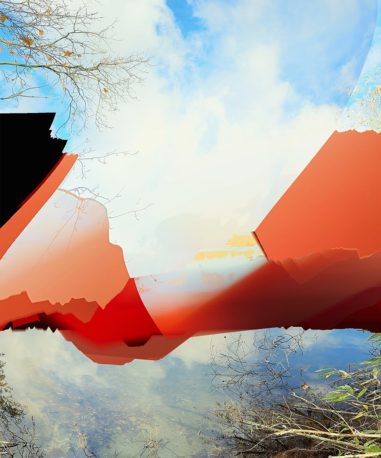
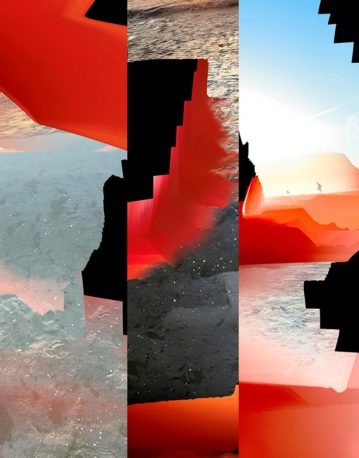
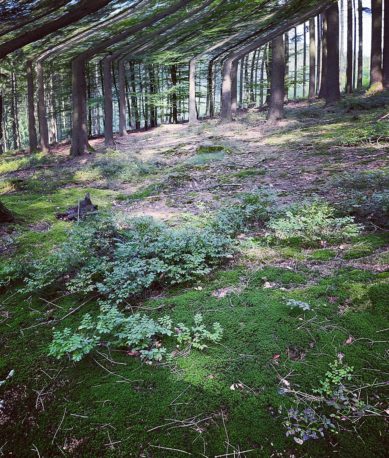
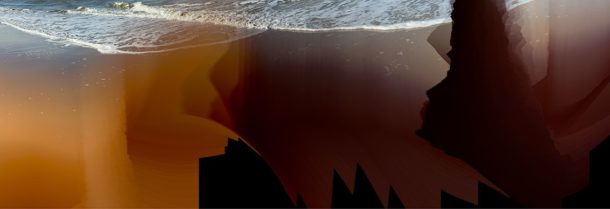
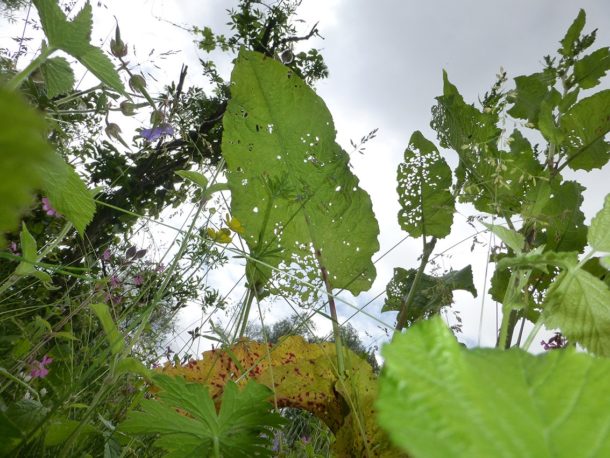
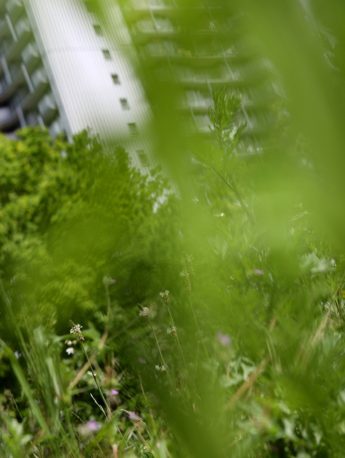
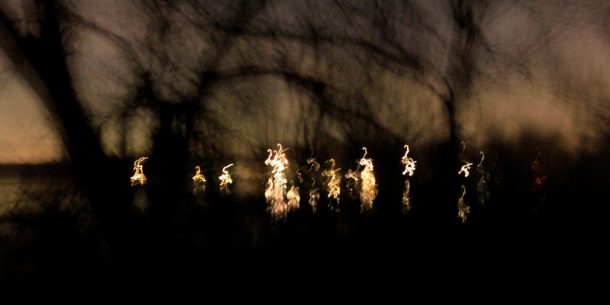
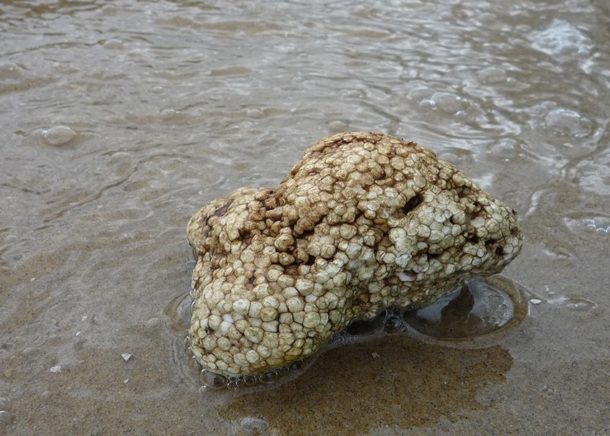
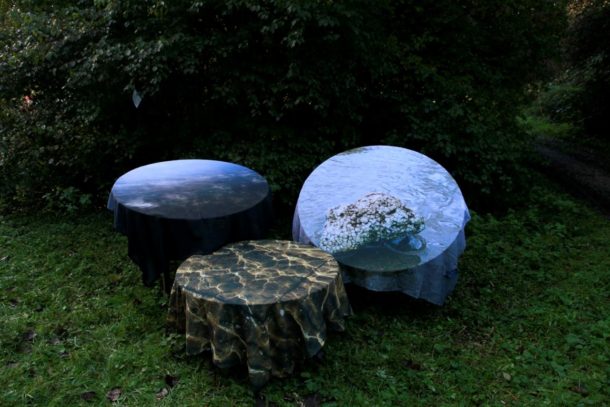
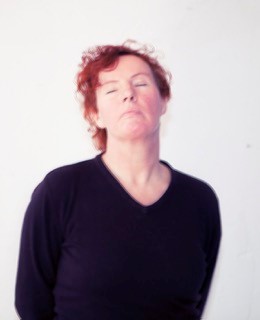
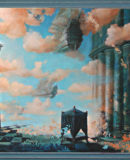













The opinions expressed by individual commentators and contributors do not necessarily constitute this website's position on the particular topic.